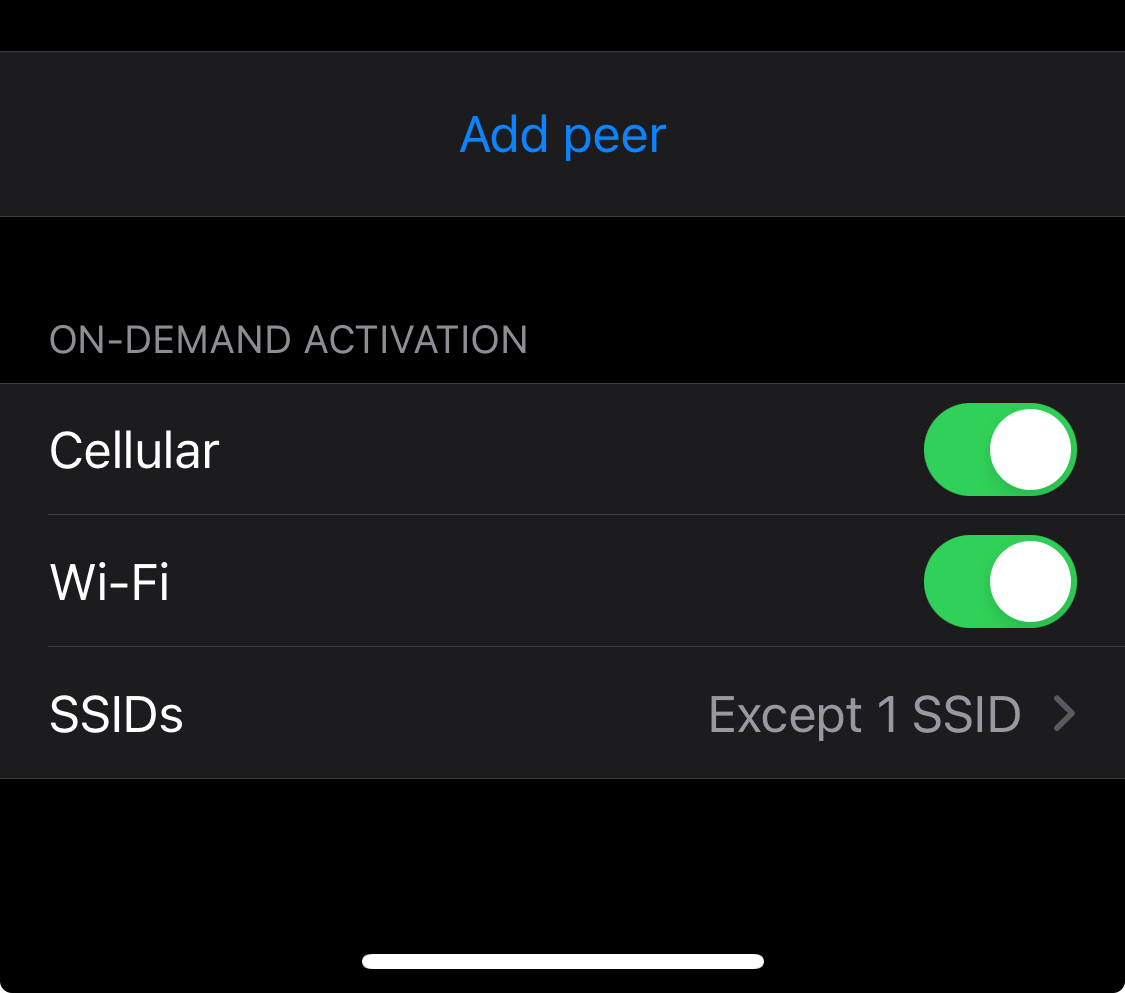

Phenomenal in “the unbearable weight of massive talent,” “adaptation” and “dream scenario”.
Also: wild at heart. Loved that film.
Edit: Oops replied to wrong parent. I’m with you on Leaving Las Vegas.


Phenomenal in “the unbearable weight of massive talent,” “adaptation” and “dream scenario”.
Also: wild at heart. Loved that film.
Edit: Oops replied to wrong parent. I’m with you on Leaving Las Vegas.


We do both.
A) use the language set by the user in their os/browser B) switcher shows the language name in that language
Done, easy, etc. IMO the hard part are great translations and designs that work in languages where every word is a novel. And yet, here we are.


Do it as an end user? Be part of the solution?
Documentation is one of the many ways to contribute that don’t involve coding.


Afinity Publisher is a good, affordable and a solid replacement for InDesign, at the price of MS Publisher.
We switched away from Creative Suite during one of the many “Adobe overstepping” debacles and haven’t looked back. Publisher 2 has felt like a drop in replacement for most documents/posters/newsletters/flyers etc.
I’m suggesting Afinity publisher because if you’re using ms publisher you don’t have qualms with closed source software and probably value some of the workflow niceties that come with commercially supported software.


You’ve described Ghost. Subscriptions for content are a first class citizen.


It’s primary a writing platform with built-in monetization options and the ability to self host. We switched to it from Substack. It’s been fantastic to use and operate. Super slick.


As per my other comment - the algorithm is only part of it.
A big aspect however is the slickness and ease-of-onboarding for mega-Corp apps. It’s a thing that would relatively easy to begin work on.
I’ve seen first hand the amount of time and money even growth-stage startups spend on onboarding and have lots of first-hand reports from peers at the big girls - it’s a critical part of success. Make it easy to get started and easy to stay using.
It’s missing from most fediverse experiences. Pixelfed being a serious contender for an on-boarding rethink.
“time-to-value” - we want that as low as possible.


I agree.
As someone who uses a number of LLMs often as a pair programmer / sounding board - they’re incredibly useful if you have a very clear idea of your goal and also a solid idea of the architectural patterns you’re going after because they’re so often flatly wrong or suggest solutions that are wildly inefficient/inappropriate for larger projects/applications.
The more context you can provide the better it does but it still falls over often - suggesting courses of action or solutions that are completely hallucinated.
The one thing that’s consistently true is that the better I can describe my goals the better the response tends to be.
The best part about using them is that, for the most challenging work, I find that forcing myself to clearly explain my problem and goals in writing often leads me to a solution without ever having to submit a request.
There’s something about trying to clearly explain the problem to someone who “doesn’t know the space” that’s been helpful to finding the solution.
It’s odd that I had to rediscover this in such a visceral way after a previous life as a tech product person.


Never used your project but don’t let this thread get you down.
Clearly OP loves it - don’t let those who don’t know it or don’t like it be the voices that ring loudest in your ears even if they hurt the most.
I worked professionally in open source at a company with lots of funding. The tools I worked on were used by millions and millions.
Every negative comment hurt so much. Every angry user I wanted to talk to. Most of them wanted to TALK AT me. It all hurt. And I was being paid. The engineers on my teams were burnt by the community time and time again.
If you love what you’re doing and you have a growing or happy audience - stay the course. Listen to criticism, decide if you agree (and maybe take some time when it hurts because the criticism might be valid), make a decision and move on.
Also, and this is going to be tough, maybe think about expanding or modifying what you mean when you say making Lemmy accessible for everyone.
Do you mean making a UI that will become the majority default or making a UI that brings some features (or perspective) for users who see value in those features? Trying to make something for everyone in a pond as small as the fediverse, where there are already a plethora of options is a big lift.
Above all, do you. And that includes this comment which I encourage you to promptly ignore. ;)


Wonka Piercer. It’s so implausible it just might be true.


If it’s a backup server why not build a system around an CPU with an integrated GPU? Some of the APUs from AMD aren’t half bad.
Particularly if it’s just your backup… and you can live without games/video/acceleration while you repair your primary?


Haroun and the Sea of Stories
All the Muderbot series
Old Man’s War series


Pros:
Cons:
I’m on iOS and do the same thing.
The WireGuard app has a setting to “connect on demand”. It’s in the individual connections/configurations.

You can then set either included or excluded SSIDs. There’s also an option to always connect when you’re on mobile/cellular data.
I imagine the Android app is similar.
Neat, I’ll have to look it up. Thanks for sharing!


Nextcloud isn’t exposed, only a WireGuard connection allows for remote access to Nextcloud.
The whole family has WireGuard on their laptops and phones.
They love it, because using WireGuard also means they get a by-default ad-free/tracker-free browsing experience.
Yes, this means I can’t share files securely with outsiders. It’s not a huge problem.


Update: I went and had a look and there’s a Terraform provider for OPNSense under active development - it covers firewall rules, some unbound configuration options and Wireguard, which is definitely more than enough to get started.
I also found a guide on how to replicate pfBlocker’s functionality on OPNSense that isn’t terribly complicated.
So much of my original comment below is less-than-accurate.
OPNSense is for some, like me, not a viable alternative. pfBlockerNG in particular is the killer feature for me that has no equivalent on OPNSense. If it did I’d switch in a heartbeat.
If I have to go without pfBlockerNG, then I’d likely turn to something that had more “configuration as code” options like VyOS.
Still, it’s nice to know that a fork of a fork of m0n0wall can keep the lights on, and do right by users.


If you backup your config now, you’d be able to apply the config to CE 2.7.x.
While this would limit you to an x86 type device, you wouldn’t be out of options.
I am an owner of an SG-3100 as well (we don’t use it anymore), but that device was what soured me on Netgate after using pfSense on a DIY router at our office for years…
I continued to use pfSense because of the sunk costs involved (time, experience, knowledge). This is likely the turning point.
Fair points.
One thing I think we all miss: what happens when an overzealous government makes something a crime retroactively? Say, um, disparaging two Cheetos in an ill fitting suit masquerading as a world leader.
That’s part of why we should care about privacy and why we should care when data we expect to be private isn’t.
Most tech users are victims in a system they don’t understand. We might complain that they don’t want to understand but the truth is the providers don’t want them to understand - as it’s easier to sell them whatever crap they’re shilling.